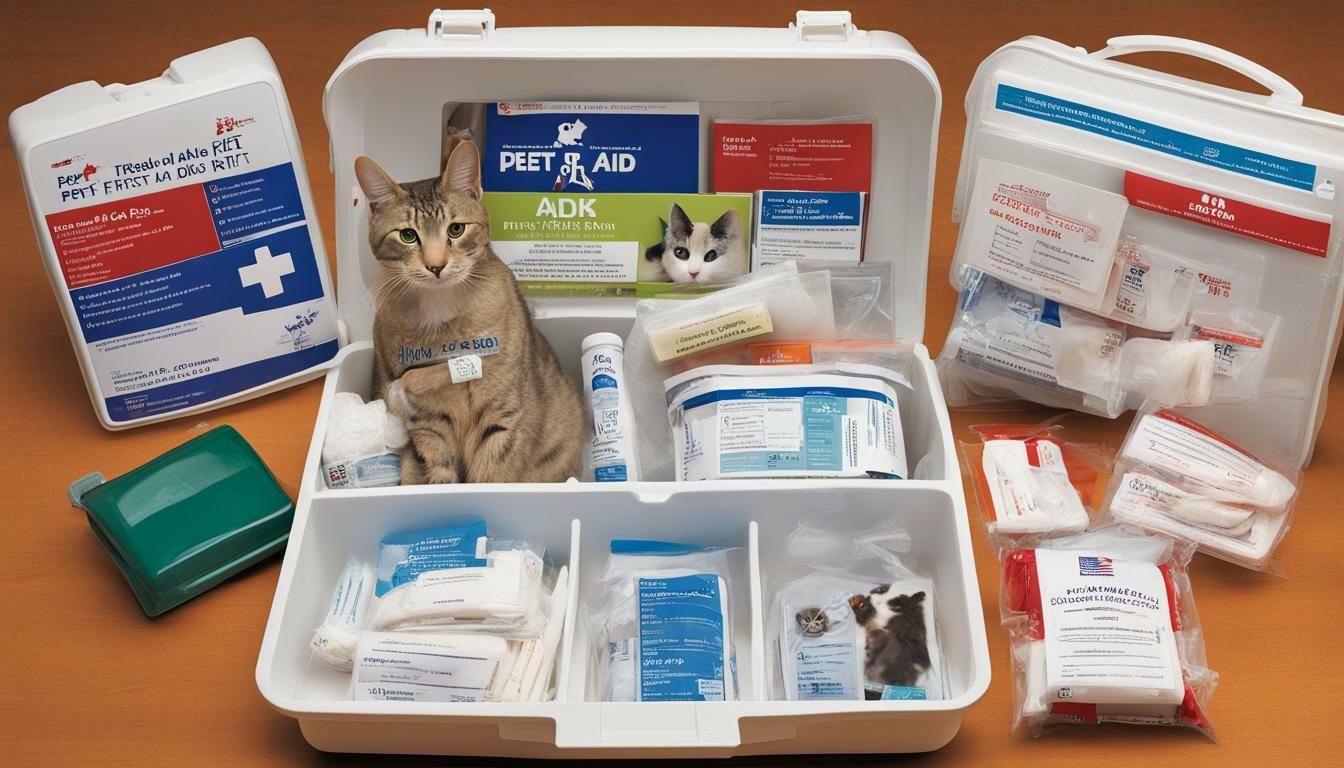As pet owners, we want to ensure that our furry or feathered friends are safe and healthy at all times. However, accidents and emergencies can happen, and it’s crucial to be prepared for such situations. That’s where pet first aid kits come into play. These kits contain essential supplies that can help in providing immediate care to your pets in times of crisis. In this section, we’ll discuss the importance of having these kits on hand for different types of pets, specifically cats and birds, and what should be included in them.
Key Takeaways
- Pet first aid kits are essential for all pet owners to ensure the safety of their pets in case of emergencies.
- Cats and birds have specific needs and requirements for first aid, and their first aid kits should be tailored accordingly.
- It’s important to regularly check and update your pet first aid kit and consider seeking pet first aid training.
Why Every Pet Owner Needs a Pet First Aid Kit
As a pet owner, you know how important it is to keep your furry or feathered friend safe and healthy. However, accidents can happen at any time, and it’s important to be prepared for an emergency situation. That’s where a pet first aid kit comes in – it can help you provide immediate care to your pet before you can get them to a veterinarian.
Having a pet emergency kit on hand can mean the difference between life and death in certain situations. It can provide you with the necessary tools and supplies to treat your pet’s injuries or illnesses until you’re able to get them professional medical attention.
Pet first aid supplies can come in different forms, depending on your pet’s specific needs. For example, a cat first aid kit may contain different items than a bird first aid kit. However, there are some essential items that every pet first aid kit should have, including:
- Gauze pads and adhesive tape for wound care
- Tweezers for removing foreign objects
- Antiseptic wipes for cleaning wounds
- Styptic powder to stop bleeding
- Latex gloves to protect yourself from bodily fluids
These items can help you handle minor injuries like cuts and scrapes, as well as more serious conditions like broken bones or seizures. Having a pet first aid kit can also give you peace of mind, knowing that you’re prepared for any situation that may arise.
Remember, preparedness is key when it comes to your pet’s safety. Don’t wait until an emergency happens to start thinking about first aid – start assembling your pet safety kit today.
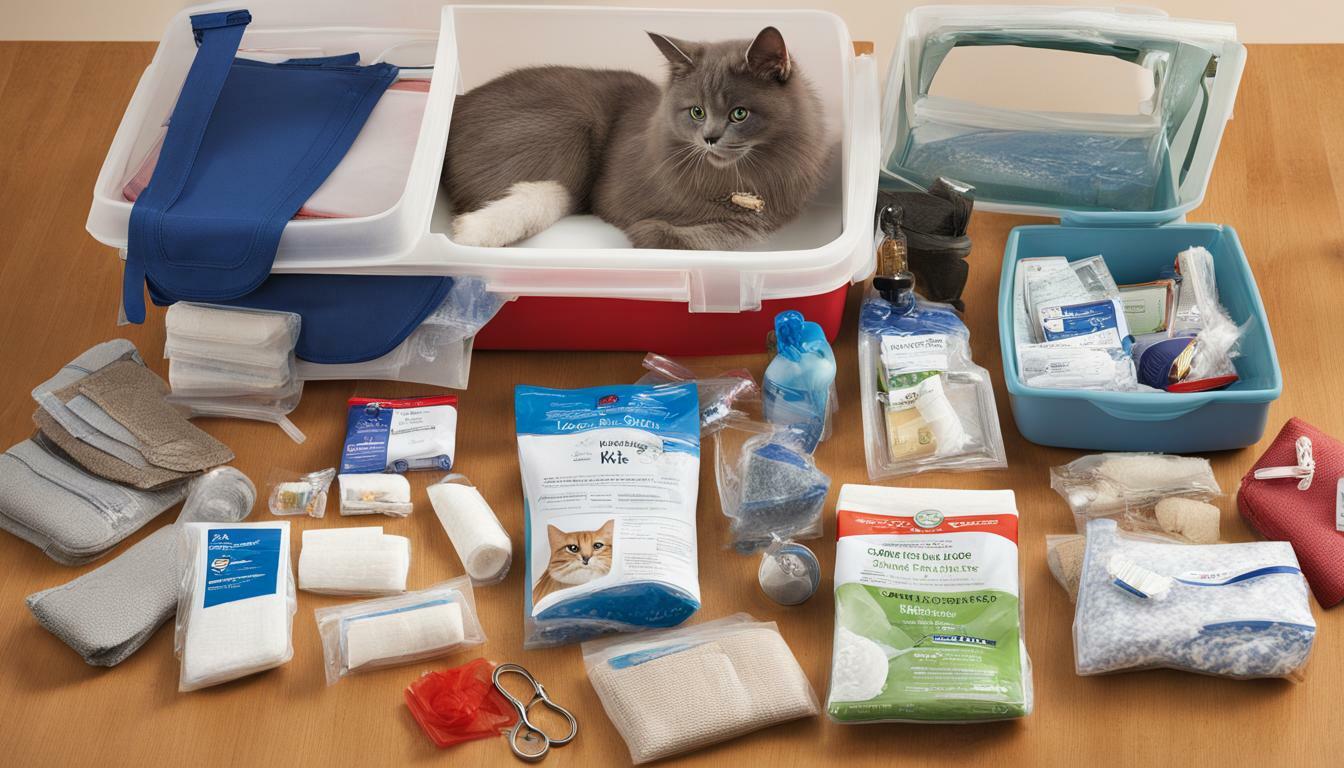
Understanding the Specific Needs of Cats
When it comes to pet first aid, cats have their own unique considerations. Being able to recognize common injuries or illnesses and having the necessary items on hand can make all the difference in ensuring your cat’s safety. However, it is important to remember that a cat first aid kit is not a substitute for veterinary care. Consult your veterinarian for specific guidance tailored to your cat’s needs.
Cats are natural explorers but their curious nature can sometimes get them into trouble. Common cat injuries include cuts, scrapes, and bites. Cats are also prone to abscesses, which are infections that form under the skin. Additionally, cats may experience various health issues such as vomiting, diarrhea, and difficulty breathing. Knowing how to respond to these situations and having the right tools in your cat’s first aid kit is crucial.
| Essential items for a cat first aid kit include: | Purpose: |
|---|---|
| Gauze pads and bandages | To stop bleeding and protect wounds |
| Antiseptic wipes or spray | To clean wounds and prevent infections |
| Styptic powder | To stop bleeding from minor cuts or broken nails |
| Digital thermometer | To measure your cat’s temperature in case of fever |
| Tweezers or forceps | To remove splinters or debris from your cat’s skin |
| Emergency contact information for your veterinarian | In case of a serious emergency |
In addition to these items, it may be helpful to include a few of your cat’s favourite treats or toys to help keep them calm during a first aid situation. Remember to regularly check and update your cat first aid kit to ensure that all items are up-to-date and in good condition.
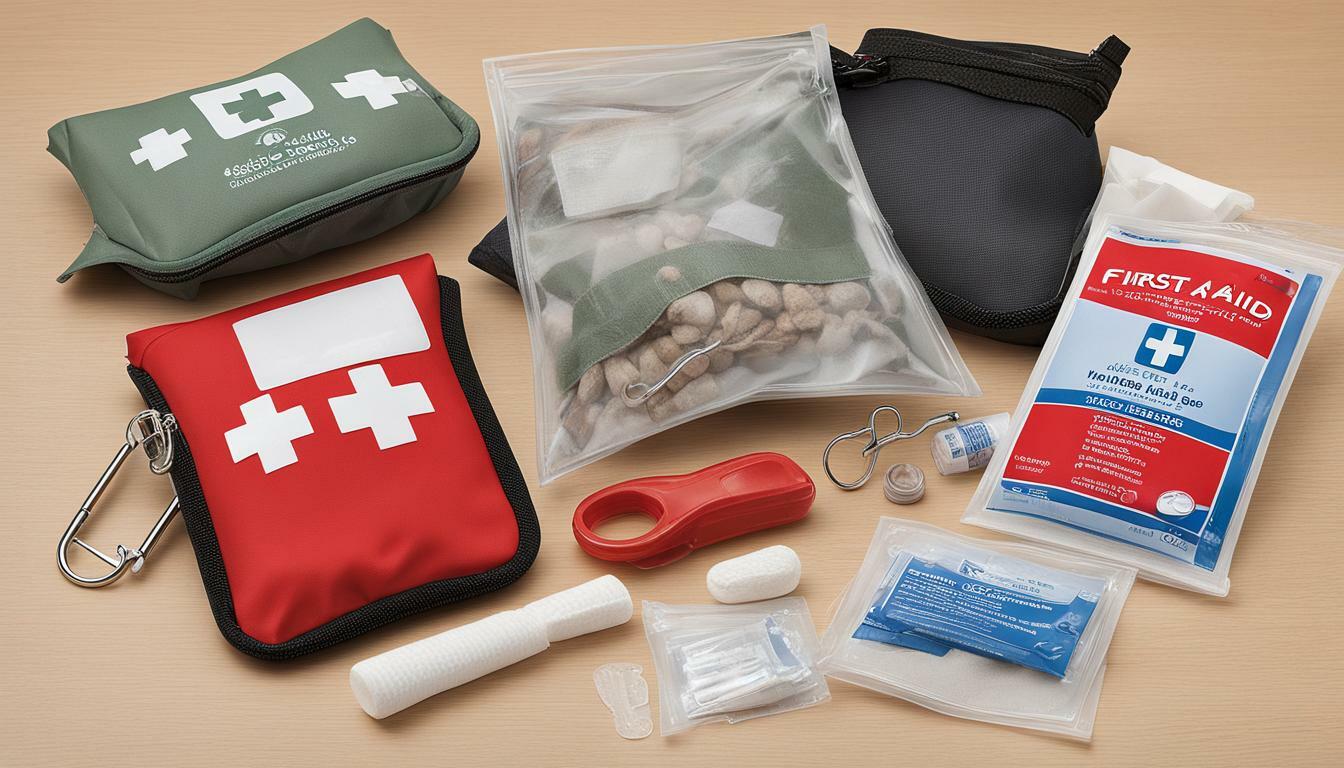
Having a cat first aid kit on hand can provide peace of mind and help you respond quickly in case of an emergency. By being prepared and knowledgeable about your cat’s specific needs, you can help ensure their safety and well-being.
Assembling a Cat First Aid Kit
Putting together an effective cat first aid kit is essential for any pet owner. To ensure that you have all the necessary items, here is a step-by-step guide:
| Item | Purpose |
|---|---|
| Gauze pads | For cleaning and covering wounds |
| Antiseptic wipes | For disinfecting wounds and preventing infection |
| Styptic powder | To stop bleeding in case of injury |
| Cat-specific thermometer | To check temperature in case of fever or illness |
| Blunt-ended scissors | To trim hair around a wound or remove objects from fur |
| Tweezers | To remove splinters or other small objects |
| Emergency blanket | To keep the cat warm and comfortable in case of shock or hypothermia |
| Hydrogen peroxide | To induce vomiting in case of accidental ingestion |
| Antibiotic ointment | To apply on cuts or scrapes to prevent infection |
When assembling a cat first aid kit, make sure to keep it in a waterproof container and store it in an easily accessible location. Label the container clearly and inform everyone in the household where it is located. It is also important to regularly check and replace any expired items or supplies that have been used up.
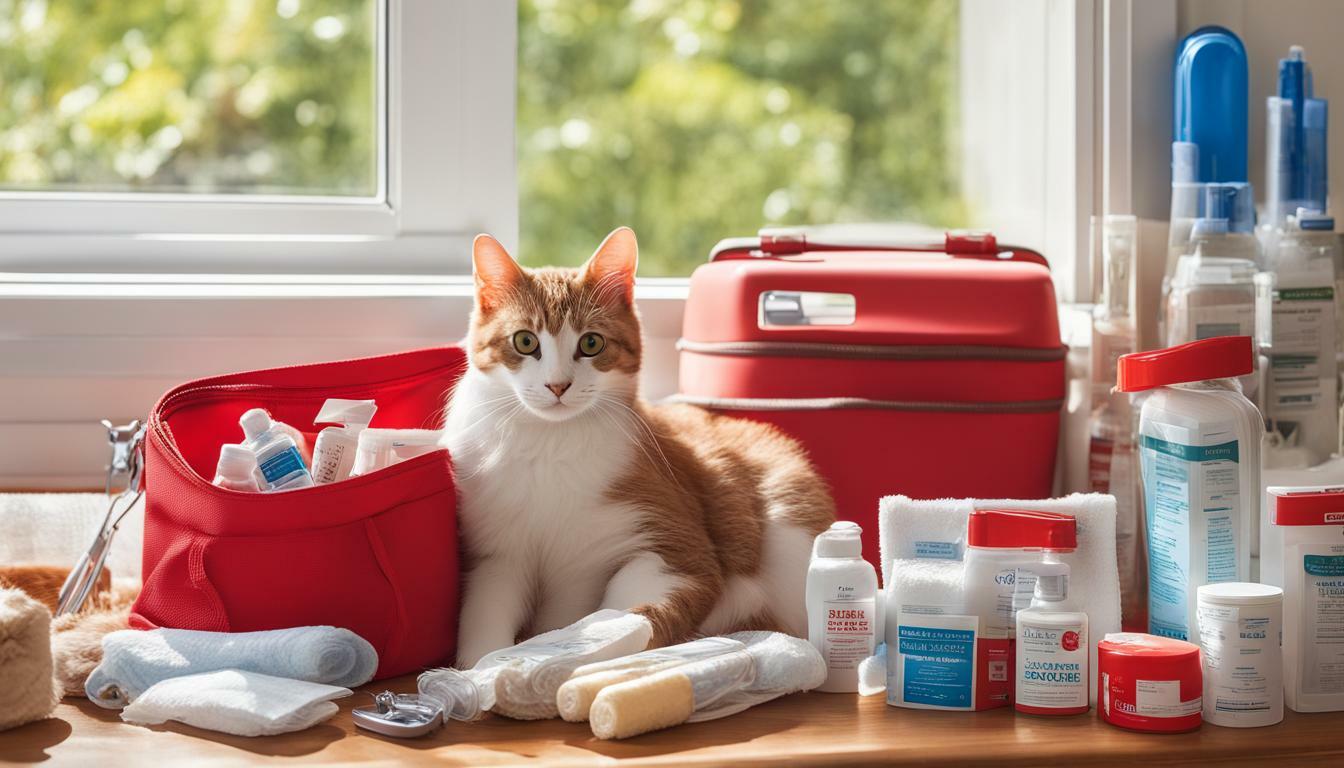
Remember, this kit is meant for minor injuries and illnesses. In case of any serious or life-threatening emergencies, always seek immediate veterinary care.
Addressing Bird First Aid Needs
When it comes to bird first aid, there are some unique considerations to take into account. Birds can be quite delicate, so it’s important to be prepared in case of an emergency. Here are some common injuries or health issues that birds may face and the specific items that should be included in a bird first aid kit.
| Injury/Health Issue | Essential First Aid Items |
|---|---|
| Broken Wing or Leg | Gauze pads, bandage tape, a small towel or cloth to wrap the bird, bird-safe disinfectant |
| Bleeding | Styptic powder, cornstarch, a clean cloth or gauze |
| Difficulty Breathing | A nebulizer for birds, a steamy bathroom, or an oxygen source, such as a specialized mask or cone |
| Choking | Tweezers, forceps, or pliers to remove the blockage, bird-safe disinfectant |
| Overheating | Water mister, a shallow dish of cool water, a damp towel, bird-safe disinfectant |
It’s important to keep in mind that birds can be extremely sensitive to certain substances, such as some types of disinfectants, so it’s crucial to only use bird-safe products. It’s also important to consult an avian veterinarian for specialized advice on caring for your bird in case of an emergency.

Having a well-stocked bird first aid kit can help you be prepared for any emergency situation that may arise. Keep it in a safe, easily accessible place and make sure to check and replenish supplies regularly. With the right items on hand and the knowledge to use them properly, you can help ensure your feathered friend stays healthy and happy.
Creating a Bird First Aid Kit
If you have a feathered friend, it’s essential to have a well-stocked bird first aid kit on hand. Birds have unique first aid requirements, and it’s crucial to have the correct supplies to address any injury or illness promptly. Below is a step-by-step guide to help you assemble a bird first aid kit.
Step 1: Choose the Right Container
Choose the right container to store your bird first aid kit in. It should be spacious enough to hold all the necessary supplies and made of durable material that can withstand moisture and harsh conditions.
Step 2: Stock Up on Essentials
When assembling your bird first aid kit, make sure to include the following essential items:
| Item | Purpose |
|---|---|
| Bird-safe disinfectant | To clean wounds and prevent infection |
| Bandage tape | To secure bandages in place |
| Gauze pads | To cover and protect wounds |
| Styptic powder | To stop bleeding in case of injury |
| Avian-specific hand-feeding formula | To provide nutrition in case the bird is injured and cannot eat on its own |
| Tweezers | To remove debris from wounds |
| Scissors | To cut bandages or trim feathers around wounds |
| Heat source | To provide warmth in case of hypothermia |
It’s also a good idea to include a copy of your bird’s medical records and your avian veterinarian’s contact information in case of emergency.
Step 3: Store the Kit in a Convenient Location
Store your bird first aid kit in a convenient location that is easily accessible during an emergency. Make sure all family members know where the kit is stored and how to use its contents.
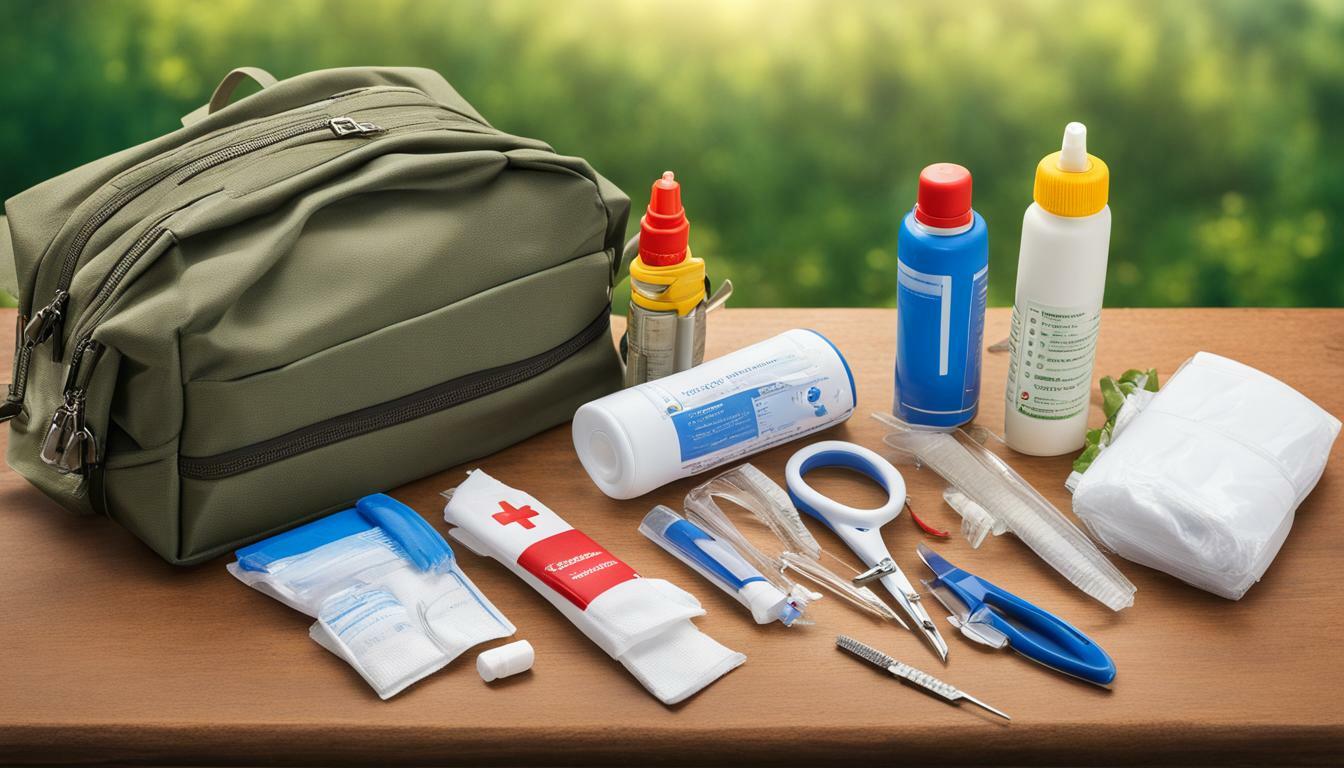
By taking the time to assemble a well-stocked bird first aid kit, you’ll be better prepared to handle any injury or illness that your bird may encounter. Remember to regularly inspect and update your kit, so you’re always ready in case of an emergency.
Additional Pet First Aid Considerations
While cats and birds have specific needs when it comes to first aid, it’s important to consider the needs of other types of pets as well. Pet owners of dogs, small mammals, and reptiles should also have a first aid kit on hand to ensure their furry or scaly friends’ safety in case of emergencies.
When assembling a first aid kit for these animals, consider including items such as scissors, tweezers, non-stick bandages, and saline solution. Consult with a veterinarian to determine any species-specific items that should be included in the kit.
For more comprehensive preparedness, specialized animal first aid kits are available for purchase online or at local pet stores. These kits may include items such as emergency blankets, animal-specific first aid manuals, and additional medical supplies.
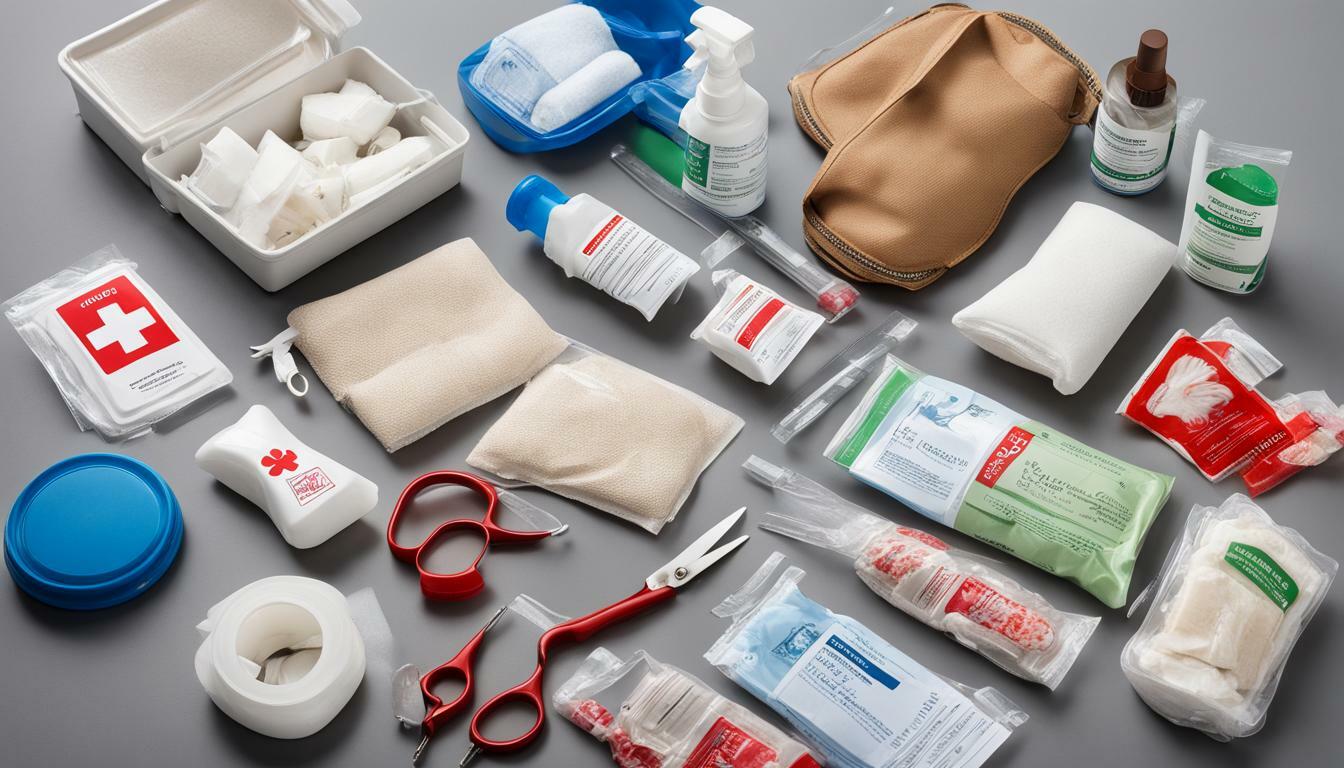
Remember, being prepared for an emergency can make all the difference in ensuring your pet receives immediate care and attention. Don’t wait until it’s too late – assemble a pet first aid kit today for your furry, feathered, or scaly family member.
Where to Buy Pet First Aid Kits
If you’re ready to assemble a pet first aid kit for your furry or feathered friends, you may be wondering where to start. Luckily, there are many options available for purchasing pet first aid kits and supplies both online and in local stores.
One popular option is to search for pet first aid kits on reputable online retailers such as Amazon or Chewy. These sites offer a variety of kits tailored to different types of pets and their specific needs, as well as individual supplies that can be purchased separately.
Local pet stores may also carry pet first aid kits and supplies. Visiting these stores can be helpful in finding a kit that suits your pet’s needs and getting personalized advice from the staff.
Another option is to check with your veterinarian’s office. Many veterinary clinics offer pet first aid kits and supplies for purchase, and can provide guidance on the best items to include in your kit based on your pet’s medical history and specific needs.
When purchasing a pet first aid kit, it is important to choose one that is appropriate for your pet’s species and size. Kits designed for dogs may not have the necessary items for cats or birds, for example. Additionally, make sure to check that the kit includes all the essential items for basic pet first aid.
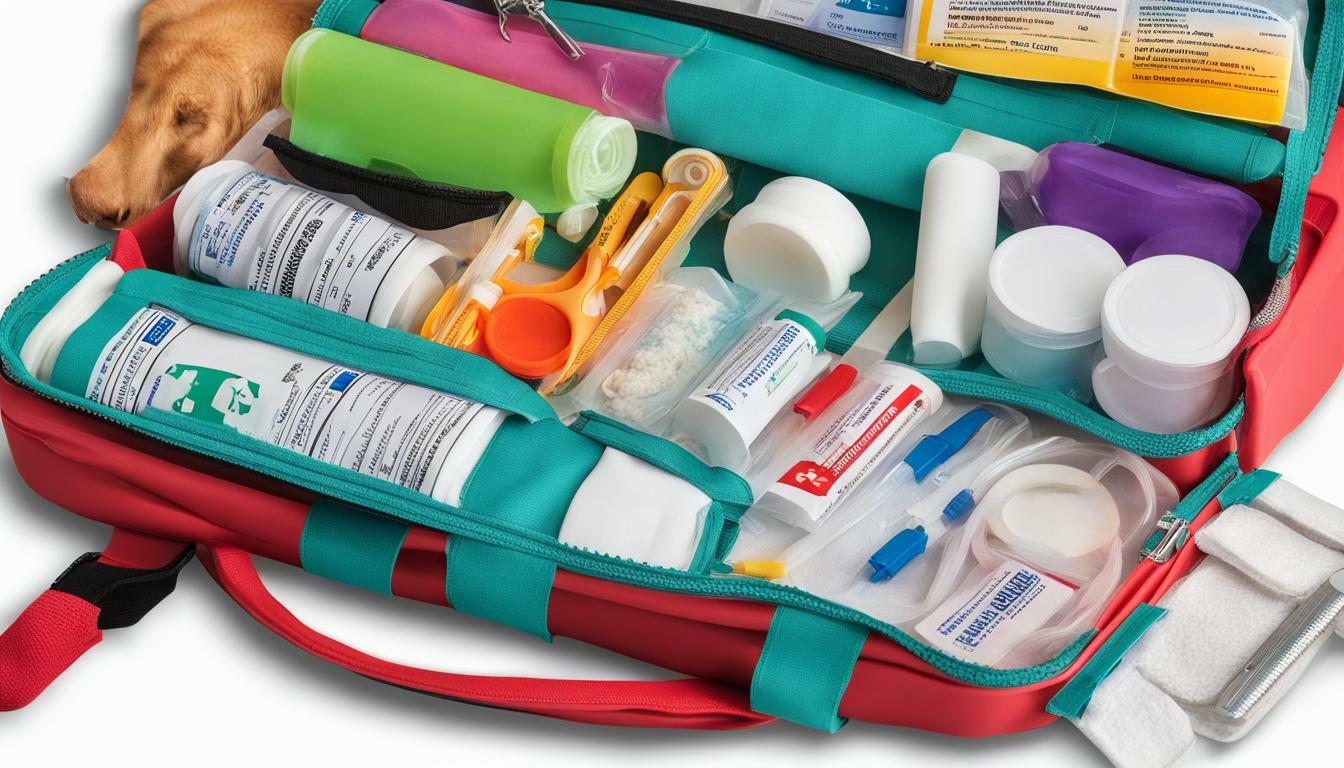
Maintaining and Updating Your Pet First Aid Kit
Once you have assembled your pet first aid kit, it is important to regularly check and update it. This ensures that the supplies are not expired and are readily available in case of an emergency.
To maintain your kit, check it at least every six months and replace any expired items. It is also important to replenish any used supplies as soon as possible. Consider placing a reminder in your calendar to check your kit regularly.
In addition to checking the supplies, it is important to keep your kit organized and easily accessible. Store it in a designated, easy-to-reach location so that you can quickly access it in case of an emergency.
Remember, having a well-stocked and up-to-date pet first aid kit can make a difference in providing prompt and effective care to your furry or feathered friend. By being proactive and maintaining your kit, you can ensure your pet’s safety and well-being in case of an emergency.
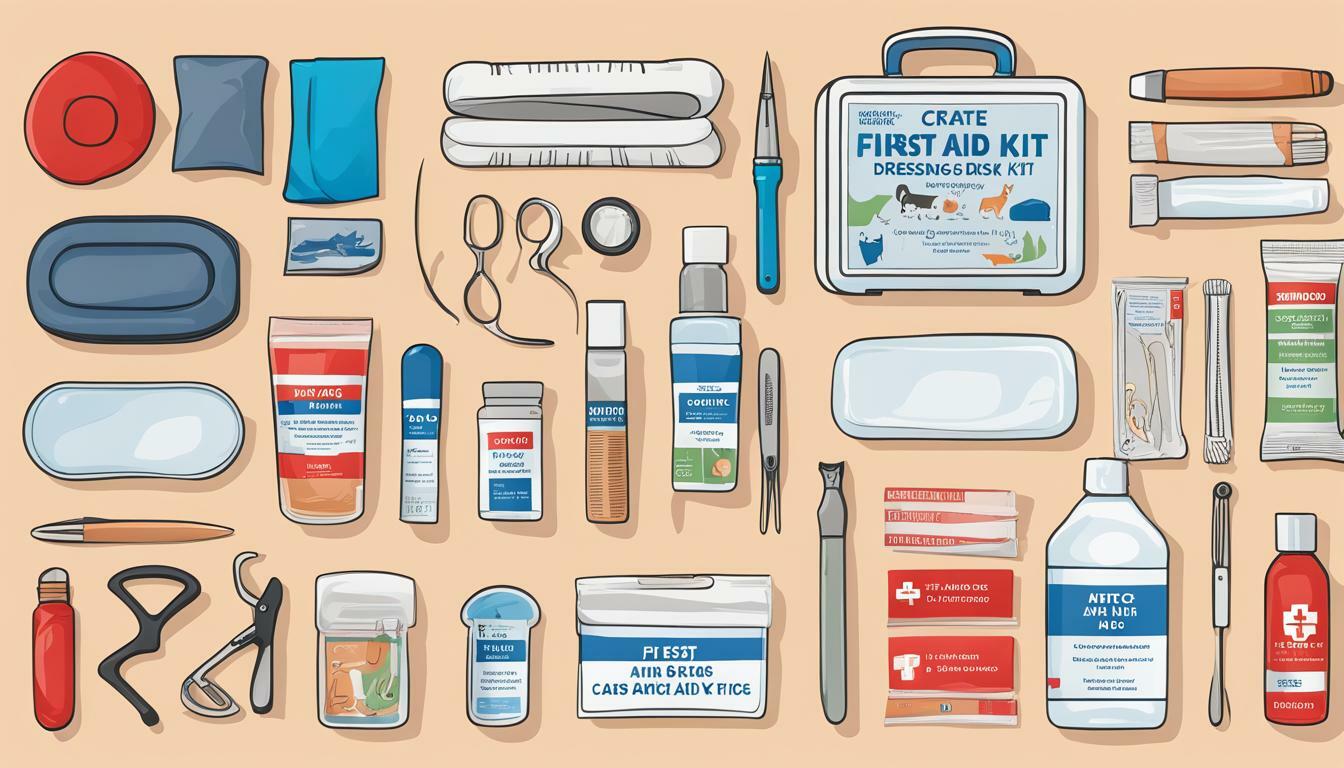
Pet First Aid Training for Owners
While having a pet first aid kit is crucial for emergencies, it’s also essential to have the knowledge and skills to administer immediate care. Pet first aid training courses or workshops are available to teach basic first aid techniques specifically for pets.
During these courses, pet owners can learn how to identify common injuries or illnesses, perform CPR and first aid, and properly use first aid supplies. By being prepared not only with a first aid kit but also with the knowledge and skills to administer immediate care, pet owners can ensure their furry or feathered friends’ safety in case of emergencies.
Remember, in any emergency, time is of the essence and having pet first aid knowledge and skills can make all the difference. Consider seeking pet first aid training to be fully prepared for any situation.

Pet Insurance and First Aid
When it comes to pet emergencies, having a pet first aid kit on hand can help mitigate the need for costly vet visits in some cases. However, it is important to note that pet insurance is still crucial for unexpected emergencies or more serious health issues.
While a pet first aid kit can provide immediate care, pet insurance offers a safety net for larger medical bills. In the event that a pet requires surgery or an extended hospital stay, having pet insurance can alleviate some of the financial burden on pet owners.
There are various pet insurance options available, so it is important to do research and choose a policy that best fits your pet’s needs and your budget. Many policies cover unexpected accidents and illnesses, as well as routine check-ups and preventative care.
Overall, having both a pet first aid kit and pet insurance can help ensure the well-being and safety of your furry or feathered friend. It is important to prioritize your pet’s health and be prepared for any emergency situation.

Conclusion
As a responsible pet owner, your pet’s safety and well-being should always be a top priority. Being prepared for emergencies is crucial, and having a pet first aid kit on hand can make a significant difference in ensuring your pet receives immediate care when needed.
In this article, we have discussed the essential contents of pet first aid kits for different types of pets, including cats and birds. We have emphasized the importance of consulting with a veterinarian for species-specific advice while assembling a first aid kit.
Remember, a pet first aid kit is only useful if it is properly maintained and up-to-date. Be sure to check and replace any expired items regularly, and replenish any supplies used.
Consider seeking pet first aid training to become even more equipped to handle emergencies. While having a pet first aid kit is a great start, having the knowledge and skills to administer immediate care to your pet can make all the difference in an emergency situation.
Finally, while having a pet first aid kit can help reduce the need for costly vet visits, it is still crucial to have pet insurance in case of unexpected emergencies or more severe health issues.
By prioritizing preparedness and safety, you can help ensure that your furry or feathered friend remains healthy and happy for years to come.
